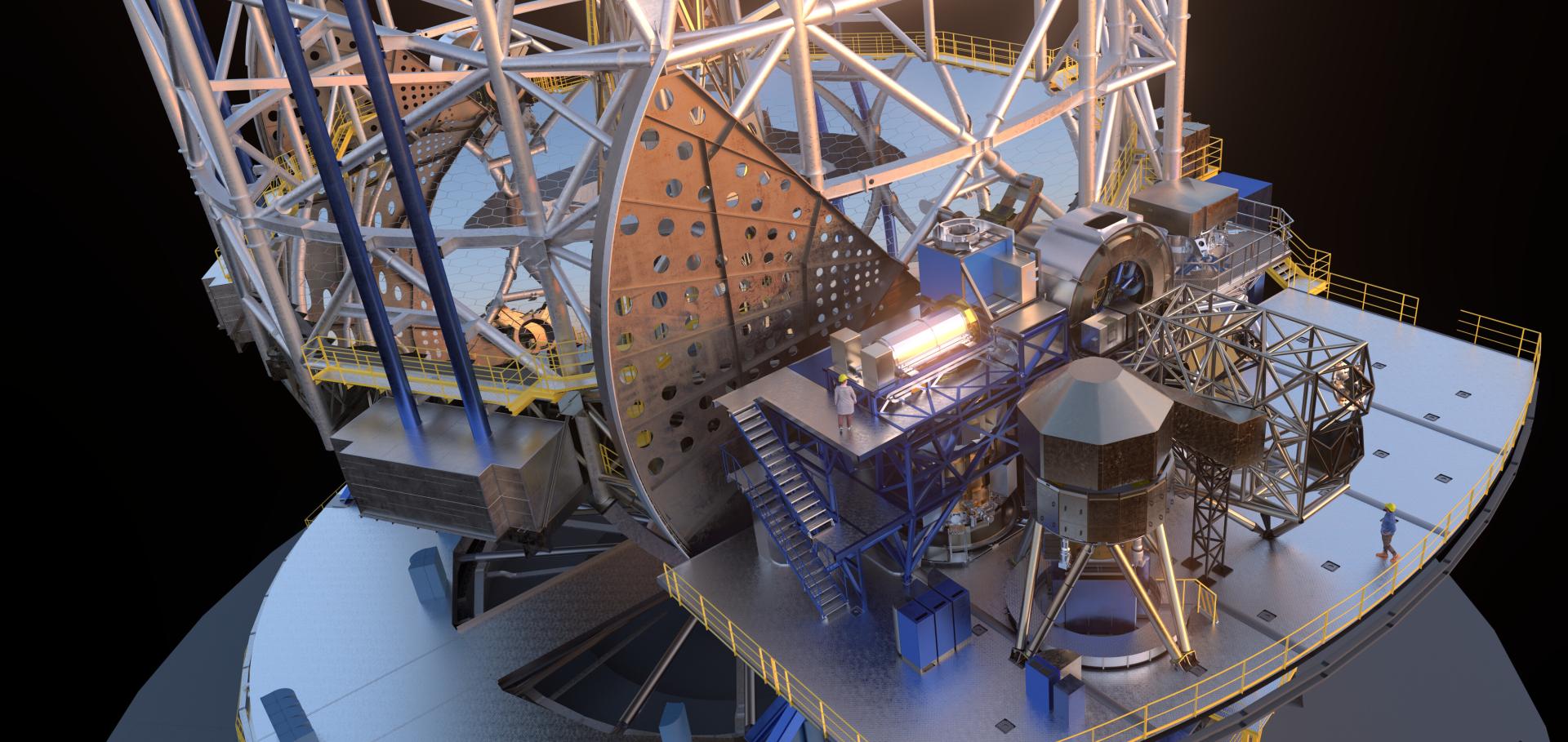The Gemini NICI Planet-Finding Campaign: Discovery of a close substellar companion to the young debris disk star PZ TEL
Astrophysical Journal Letters 720:1 PART 2 (2010) L82-L87
The DODO Survey II: A Gemini Direct Imaging Search for Substellar and Planetary Mass Companions around Nearby Equatorial and Northern Hemisphere White Dwarfs
(2009)
The DODO survey - II. A Gemini direct imaging search for substellar and planetary mass companions around nearby equatorial and Northern hemisphere white dwarfs
Monthly Notices of the Royal Astronomical Society 396:4 (2009) 2074-2086
Abstract:
The aim of the Degenerate Objects around Degenerate Objects (DODO) survey is to search for very low-mass brown dwarfs and extrasolar planets in wide orbits around white dwarfs via direct imaging. The direct detection of such companions would allow the spectroscopic investigation of objects with temperatures much lower (<500 K) than the coolest brown dwarfs currently observed. These ultra-low-mass substellar objects would have spectral types >T8.5, and so could belong to the proposed Y dwarf spectral sequence. The detection of a planet around a white dwarf would prove that such objects can survive the final stages of stellar evolution and place constraints on the frequency of planetary systems around their progenitors (with masses between 1.5 and 8 M⊙, i.e. early B to mid-F). This paper presents the results of a multi epoch J band common proper motion survey of 23 nearby equatorial and Northern hemisphere white dwarfs. We rule out the presence of any common proper motion companions, with limiting masses determined from the completeness limit of each observation, to 18 white dwarfs. For the remaining five targets, the motion of the white dwarf is not sufficiently separated from the non-moving background objects in each field. These targets require additional observations to conclusively rule out the presence of any common proper motion companions. From our completeness limits, we tentatively suggest that ≲5 per cent of white dwarfs have substellar companions with T eff ≳ 500 K between projected physical separations of 60-200 au. © 2009 The Authors. © 2009 RAS.HARMONI: A Narrow Field Near-infrared Integral Field Spectrograph for the E-ELT
SCIENCE WITH THE VLT IN THE ELT ERA (2009) 267-+
Exploring high contrast limitations for image slicer based integral field spectrographs
Proceedings of SPIE - The International Society for Optical Engineering 7015 (2008)


